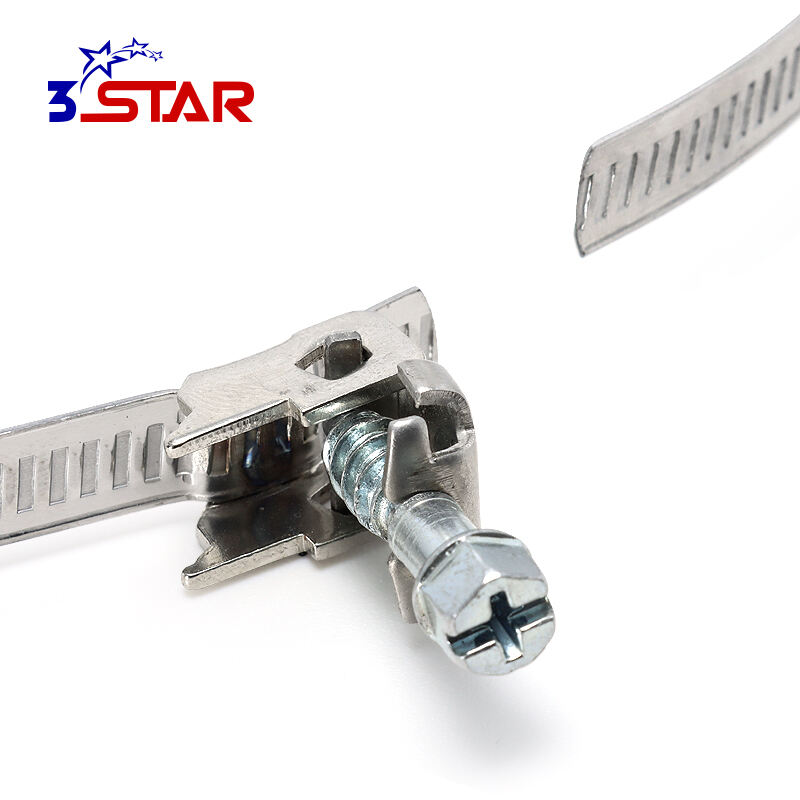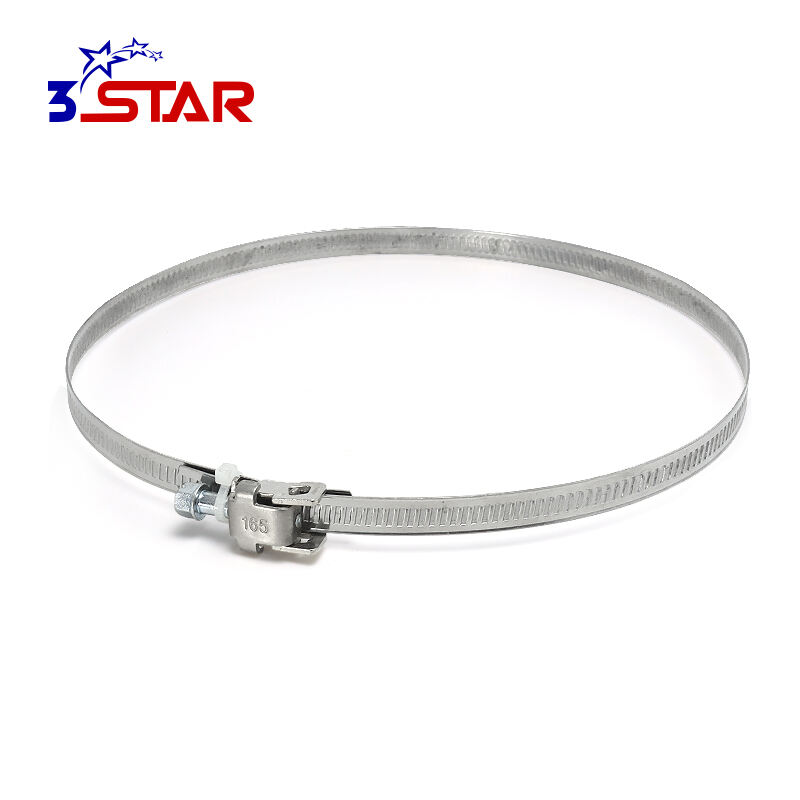Automotive hose clamps are vital in keeping the hoses that transport coolant in your car tight and in place. And it can look very wrong — except if you’ve got an unusual itch and know where to place the clamp, it isn’t. Count them Hose clamps come in different forms and do different things to help. Understanding the differences is critical for selecting the right one for your car.
The other is spring clamp. The clamps are formed from an one-piece metal disk that has been bent into a circle with two tabs. You can press the two tabs together to close the clamp. Spring time surface clamps are convenient both for attaching and removing, so this is one of the favorites among the car owners.
And think about what the clamp is constructed from. Stainless steel clamps are durable and they won’t rust, making them suitable for long use. But if your hose is softer, such as silicone, you may want a clamp with a soft cover to protect the hose.
Different automotive hose clamps have different features for various uses. Furthermore, T-bolt clamps are excellent for applications involving high pressure levels because of the high-torque efficiency and ability to be clamped tightly and not back off. Constant tension clamps will expand or contract with temperature changes, so they’re ideal for an engine bay.

Another very ordinary one is a wire clamp. They are constructed of thin wires that are coiled around the hose and held in place with crimped sleeves. Wire clamps are inexpensive and simple to work with, but they might not grip quite as snugly as other clamps.

It's critical to use the correct style of hose clamp to hold your vehicle's hoses in place and without leaks. If the clamp is not tight enough, the hose can slip off and spill fluid that will damage the engine. If the clamp is too tight, it can damage the hose and create issues.

You’ll also want to replace hose clamps on a regular basis, as they can fatigue over time and no longer seal effectively. Taking a look at your car’s hose clamps while you’re doing regular maintenance might prevent leaks and costly repairs down the road.